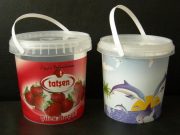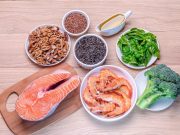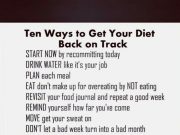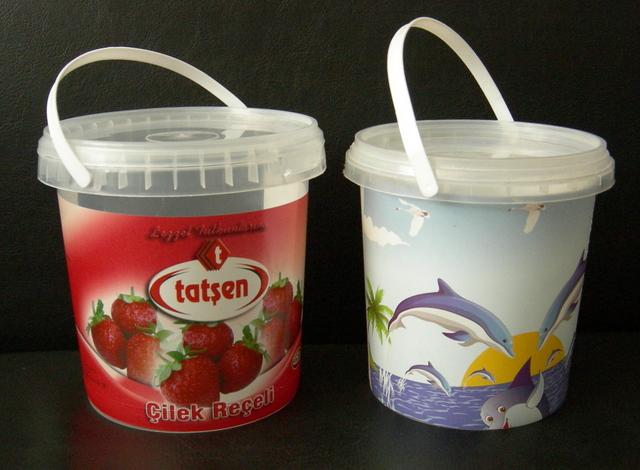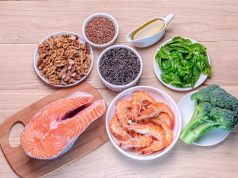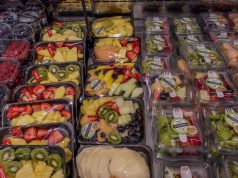Navigating the world of food labels can often feel like deciphering a complex code, leaving many of us overwhelmed and uncertain about our choices. Yet, understanding these labels is a crucial step towards making informed decisions that support our health and well-being. In this guide, we will walk you through the essentials of reading food labels with clarity and confidence. Whether you’re striving to manage your weight, control dietary restrictions, or simply make healthier choices for you and your family, this article will provide you with the tools and insights needed to demystify nutritional information. Let’s embark on this journey together, empowering you to transform your grocery shopping experience into an opportunity for better nutrition and a healthier lifestyle.
Understanding the Basics of Food Labels
When it comes to making healthier food choices, understanding the information on food labels is crucial. These labels are like nutritional roadmaps, guiding you toward better dietary decisions. Here’s a quick guide to help you navigate through them with ease.
- Serving Size: This is where you start. The serving size listed on the label determines all the nutritional information that follows. Remember, it’s easy to consume more than the serving size, so adjust your calculations accordingly.
- Calories: Keep an eye on the total calories per serving, especially if you’re managing your weight. It’s not just about the number but also where these calories come from.
- Nutrients to Limit: Look out for saturated fat, trans fat, sodium, and added sugars. Consuming these in excess can lead to health issues. Aim for lower percentages of Daily Value (DV) here.
- Nutrients to Prioritize: Seek out fiber, vitamins, calcium, and iron. These nutrients are beneficial for your overall health and should ideally make up a higher percentage of your DV.
| Component | Goal |
|---|---|
| Fiber | High |
| Sugar | Low |
| Vitamin D | High |
| Sodium | Low |
By understanding these basics, you’ll be better equipped to choose foods that support your nutritional goals. It’s not just about avoiding certain ingredients but also ensuring you get enough of the good stuff to fuel your body effectively.

Decoding Nutritional Information for Healthier Choices
Understanding food labels can empower you to make healthier eating decisions. These labels are packed with information, but knowing what to look for is key. Start by checking the serving size and the servings per container. This helps you accurately assess the amount of nutrients you’re consuming. Remember, the nutritional values listed are for a single serving, so if you eat more, you’ll need to adjust the numbers accordingly.
Next, pay attention to the calories. They provide a snapshot of the energy you’ll gain from the food, which is crucial if you’re monitoring your energy intake. Aim to balance your calorie intake with your daily needs to maintain a healthy weight. Below, a quick glance at key nutrients and their impact:
- Total Fat: Look for foods low in saturated and trans fats.
- Sodium: Opt for lower sodium options to help manage blood pressure.
- Dietary Fiber: High fiber is beneficial for digestion and satiety.
- Sugars: Limit added sugars for better overall health.
| Nutrient | Daily Value (%) |
|---|---|
| Calcium | 15% |
| Iron | 10% |
| Vitamin D | 20% |
Don’t overlook the ingredient list. Ingredients are listed in order of quantity, from highest to lowest. This means if sugar is one of the first few ingredients, the product is likely high in added sugars. Look for foods with whole ingredients you recognize and understand. By taking the time to decode these labels, you can make choices that align with your health goals and dietary needs.

Spotting Hidden Sugars and Unhealthy Fats
Unveiling the true nature of the food we consume often begins with understanding the hidden components in our diet. When it comes to sugars, they can be particularly elusive. Hidden sugars are often disguised under different names, making it crucial to be aware of terms such as “fructose,” “sucrose,” “glucose syrup,” and “high fructose corn syrup.” To make this easier, check the ingredient list for any terms ending in “-ose” and be wary of words like “syrup” or “sweetener.” Here’s a quick reference list to help identify them:
- Maltose
- Agave nectar
- Dextrose
- Cane juice
In addition to sugars, unhealthy fats can also lurk unnoticed. Saturated and trans fats are the main culprits, often found in processed foods. It’s vital to scan the nutritional facts panel for these types of fats and choose products with lower percentages. Look for phrases like “partially hydrogenated oils” which often indicate the presence of trans fats. Here’s a simple table to help distinguish between healthier and unhealthier fat options:
| Healthier Fats | Unhealthier Fats |
|---|---|
| Olive Oil | Hydrogenated Oil |
| Avocado | Butter |
| Nuts | Margarine |
By understanding these terms and components, you can make more informed choices, steering clear of those sneaky sugars and fats that could compromise your nutritional goals.

Making Informed Decisions for Your Dietary Needs
Understanding the information on food labels can significantly impact your nutritional choices. By knowing what to look for, you can make healthier decisions that align with your dietary goals. Start by focusing on the serving size, which is crucial for interpreting the rest of the nutritional information accurately. Many people overlook this detail, leading to underestimating calorie and nutrient intake.
Next, prioritize checking the list of ingredients. Aim for products with whole foods as the first few ingredients and avoid those with long lists of unpronounceable additives. Key ingredients to watch out for include:
- Sugars: Look for hidden sugars under names like corn syrup, fructose, or sucrose.
- Sodium: High sodium can contribute to hypertension; opt for lower-sodium options.
- Trans fats: Even if labeled “0 grams,” check for hydrogenated oils in the ingredients list.
Lastly, utilize the nutrient table to compare similar products. This can help you choose items that are higher in beneficial nutrients and lower in those you wish to minimize. Here’s a simple comparison table for a quick reference:
| Nutrient | Product A | Product B |
|---|---|---|
| Calories | 150 | 200 |
| Added Sugars | 5g | 10g |
| Fiber | 3g | 1g |
| Protein | 8g | 5g |
















